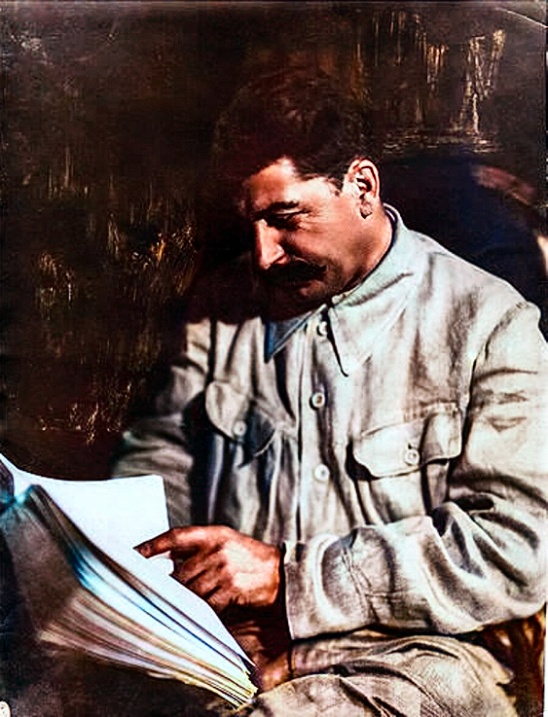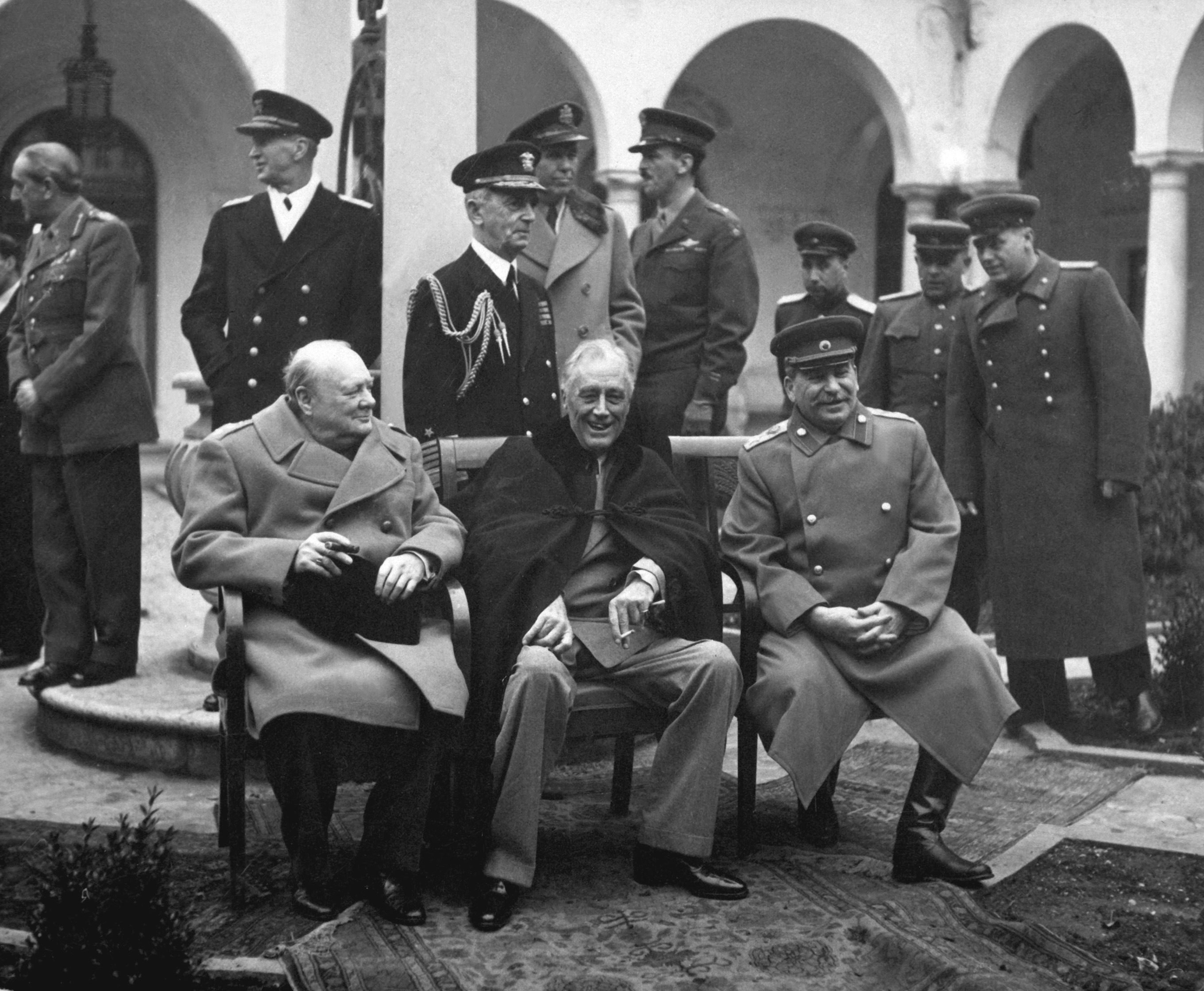

Natopedia calls it “persecution” but anyone having to sit through 18+ years of indoctrination knows that christians deserve 1000x worse then anything the USSR did. How many billions have christians killed and maimed in the past 100 years? Where’s the black book of christiandom?
Not to mention the SA, physical abuse, emotional trauma, etc etc, they do daily in their temples. I got off “easy” just getting my brain damaged.
Side note, did anyone else going to church hear stories about “persecution” in China/the USSR that you later learned was just 100% made up. I heard stories about
CW torture
people being blinded and deafened (loss of hearing) with hot pokers
that I later learned was literally just US-gov backed misinfo from the cold war repeated through so many layers it was believed. IIRC that specific one started as a “this COULD happened to you if the Reds win!” and ended up as a “personal story” of a “communism survivor”.






Just do what every failed dictator did around WWII, form a “government in exile” in London.